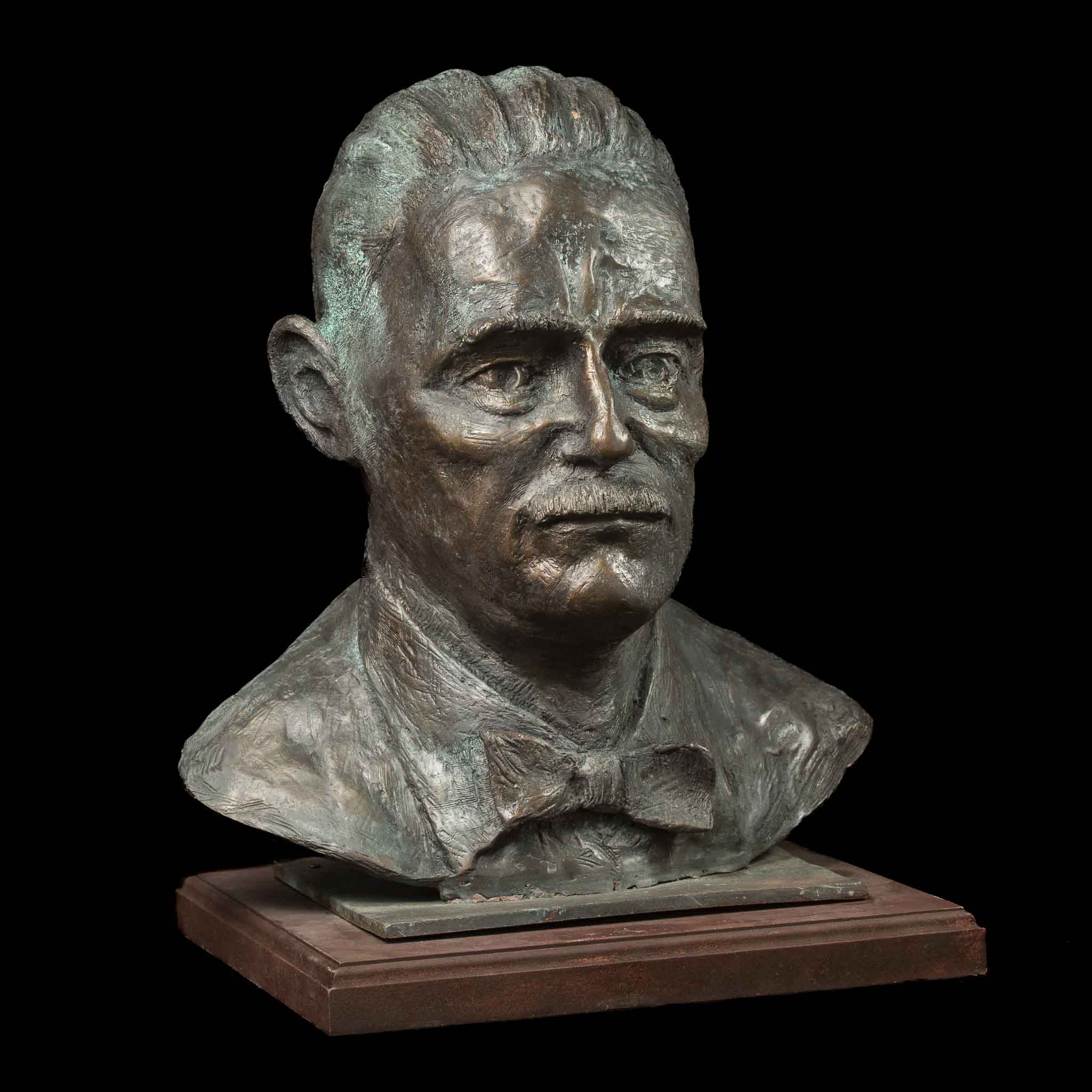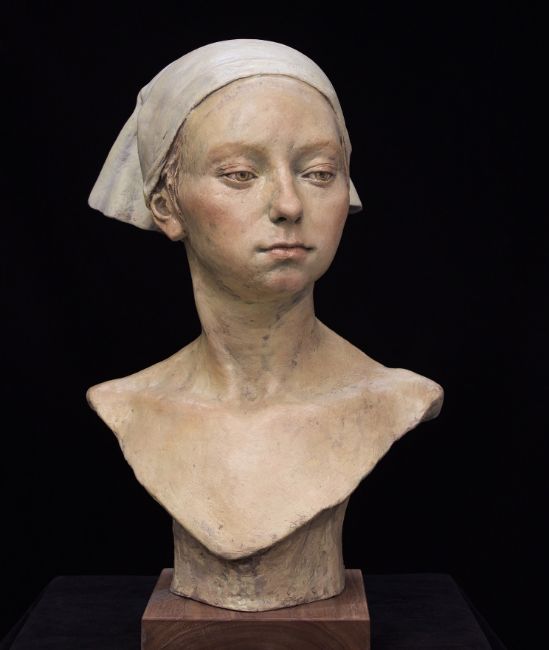Grace in Motion: Discover the Elegance of Equine Sculptures
Wiki Article
Sculptures as an Expression of Human Emotions
Sculptures have long been admired as an effective tool for revealing the depths and intricacies of human emotions. From the peaceful elegance of a smiling face to the raw strength of a bent number, sculptures supply a ageless and one-of-a-kind home window into the world of human emotions. In this exploration, we will certainly delve into the profound effect that sculptures have in revealing and evoking human emotions.The Power of Capturing Joy and Joy
The inherent power of sculptures depends on their capability to catch and share the profound emotions of pleasure and joy via the skilled control of kind and material. Sculptures have actually been made use of throughout history as a way of expressing human emotions, and joy and joy are amongst the most usual emotions illustrated in these art forms.Among the ways sculptures record pleasure and happiness is through the careful choice and control of form. Musicians use different methods to create sculptures that evoke a feeling of delight, such as illustrating numbers in vibrant and uplifting positions, or making use of moving lines and curves to produce a feeling of movement and power. The choice of product also plays a significant function in communicating these feelings. Artists commonly make use of products that have an all-natural heat and vibrancy, such as bronze or marble, to enhance the satisfied and joyous top qualities of their work.
Furthermore, the skilled usage of face expressions and gestures in sculptures can efficiently convey delight and joy. Artists meticulously form the smiles, giggling, and expressions of delight on the faces of their topics, bringing them to life and catching the significance of these emotions. The positioning of the body and the motions represented by the sculpture can also connect a feeling of joy and joy, whether it is a number with outstretched arms, dance, or embracing others.
Checking Out the Midst of Unhappiness and Sadness
An exploration right into the depths of despair and sorrow can be achieved via the expressive sculptures that catch the essence of these extensive feelings. These sculptures offer as a visual depiction of the human experience, permitting visitors to attach with their own sensations of unhappiness and grief on a much deeper level.Via the proficient adjustment of texture, form, and expression, carvers can convey the complex emotions associated with unhappiness and sorrow. Making use of elongated, hunched numbers or bent, uneasy expressions can elicit a sense of anguish and pain. The choice of products, such as cool, rough stone or dark, weathered metal, can further enhance the melancholic and melancholy mood of the sculptures.
Furthermore, the power of these sculptures exists in their capability to transcend language barriers - Equine Sculptures. Despite social or etymological distinctions, the universal language of art permits individuals from diverse backgrounds to connect and empathize with the emotions portrayed in these sculptures. Robert C Hitchcock Sculptor. It is via this shared experience that a feeling of catharsis and understanding can be accomplished
Unveiling the Intricacy of Love and Wish
Unveiling the ins and outs of love and wishing, sculptures use a profound exploration right into the intricacy of love and desire. From the tender welcome of a pair to the passionate entanglement of bodies, sculptures have actually shown the diverse expressions of love and need.One such example is Auguste Rodin's iconic sculpture, "The Kiss." This masterpiece portrays 2 fans secured in an intimate accept, their bodies braided momentarily of intense passion. The sculpture not only records the physical link between the fans but also evokes a deeper emotional bond. The detailed information and the experienced workmanship emphasize the complexity of their love and need.
Sculptures additionally discover the darker side of love and need, introducing the intricacies that can emerge from these intense emotions. Bronze Sculptures. Some sculptures portray the torture and misery that can accompany unrequited love or the destructive power of obsessive wish. These artworks serve as a tip that love and wish can be both challenging and stunning, bringing delight and pain in equivalent action
Communicating Temper and Disappointment With Sculptures
With the portrayal of tense poses and bent forms, sculptures share the strength of rage and aggravation. Musicians have long transformed to the tool of sculpture to convey these effective feelings, utilizing different techniques to capture the raw energy and turmoil connected with anger and irritation.
One usual approach is to depict figures in confrontational or hostile postures. The muscle stress and clenched fists of a sculpture can evoke a feeling of pent-up anger, while twisted limbs and contorted faces can convey the stress felt by the subject. These physical manifestations of emotion act as a graph of the inner chaos experienced by individuals in minutes of anger and stress.
Furthermore, artists typically employ meaning and allegory to enhance the psychological effect of their sculptures. Sharp, busted kinds or rugged edges can symbolize the devastating nature of temper, while hefty, challenging structures can stand for the weight of disappointment. By integrating these elements into their work, musicians are able to interact the intensity and complexity of these emotions in a visually striking and tangible way.

Sharing Hope and Resilience in Sculptural Type
Sculptures symbolizing hope and durability are a testament to the indomitable spirit of the human experience. These artworks serve as powerful icons of optimism and toughness despite misfortune. Through the proficient adjustment of materials, artists have the ability to capture the essence of hope and resilience, producing sculptures that influence and uplift.
One instance of a sculpture that embodies hope is "The Winged Success of Samothrace." This old Greek statue depicts a winged siren standing atop a ship's prow, her garments billowing in the wind. The sculpture exhibits a feeling of accomplishment and resolution, representing the power of hope to get over obstacles.

Sculptures that share hope and strength offer as suggestions of the human ability to flourish and endure in the face of misfortune. They motivate us to stand firm, to locate toughness in ourselves, and to believe a brighter future. These art work talk to the global human experience, using solace and encouragement to those who encounter them.
Final Thought
In conclusion, sculptures offer as a powerful medium for revealing a broad range of human feelings. By removing personal pronouns, the emphasis continues to be on the global nature of these feelings and the capacity of sculptures to communicate them in a long-lasting and check here tangible manner.Sculptures have actually long been admired as an effective tool for sharing the depths and complexities of human feelings. From the peaceful beauty of a smiling face to the raw strength of a bent figure, sculptures supply a distinct and classic window into the globe of human feelings. In this expedition, we will delve into the profound influence that sculptures have in sharing and evoking human emotions.
In conclusion, sculptures offer as a powerful medium for expressing a vast array of human emotions (Robert C Hitchcock Sculptor). By getting rid of personal pronouns, the focus continues to be on the universal nature of these emotions and the capability of sculptures to communicate them in a enduring and substantial fashion
Report this wiki page